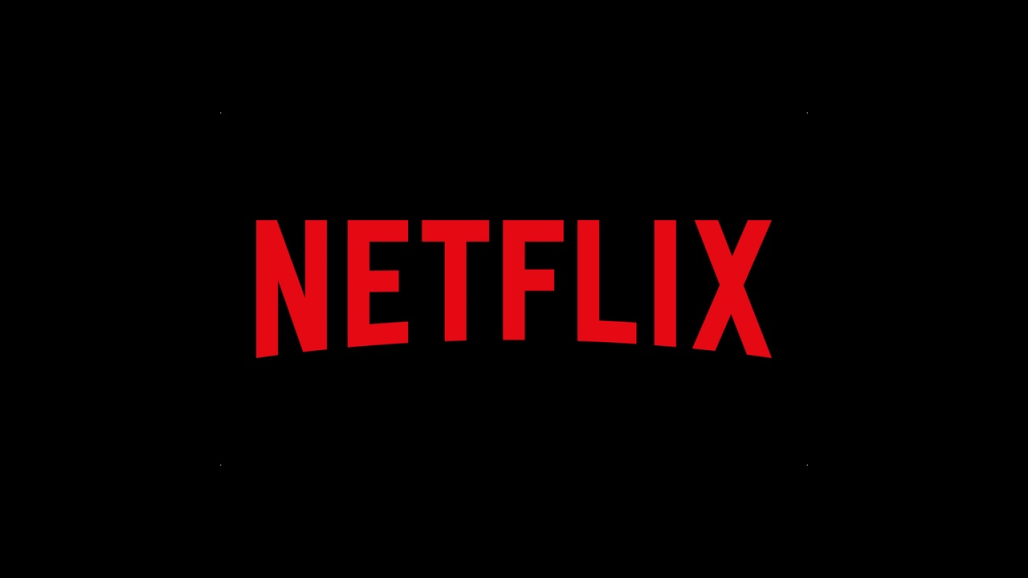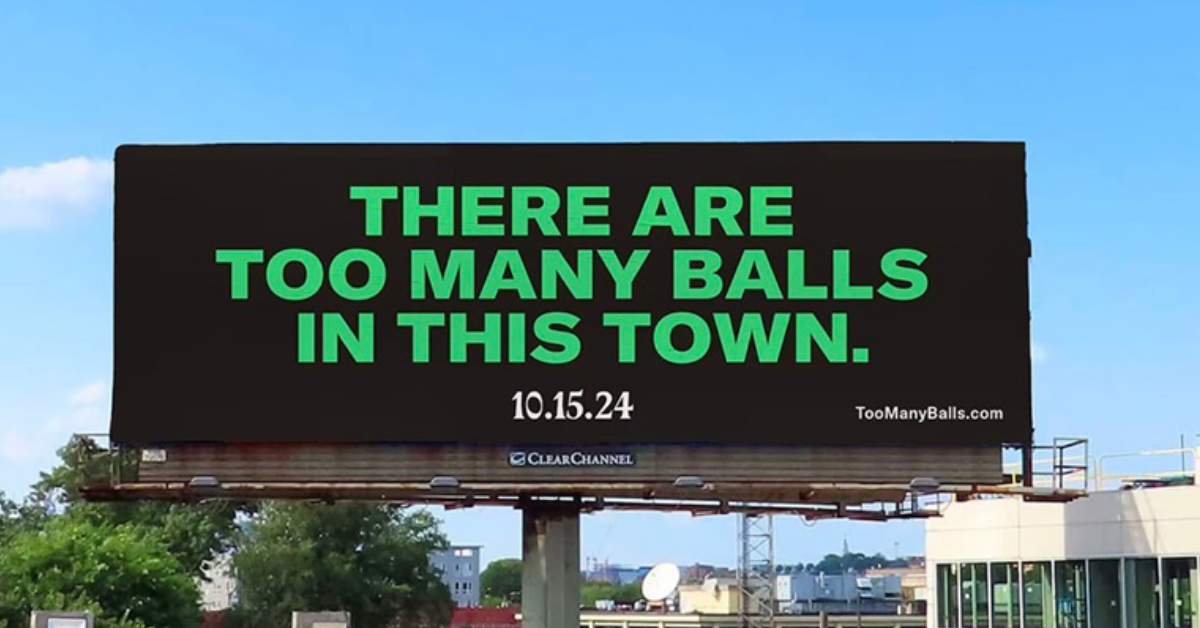There is nothing quite like that warm, fuzzy feeling that stirs when you’re met with something that takes you back in time. A baseball card that rekindles summers spent trading them. The smell of freshly-baked cookies that takes you back to Grandma’s kitchen. The song that transports you instantly to an unforgettable spring break beach. For me, it’s always the smell of sunscreen – with a hint of motor fuel – that brings me right back to days spent on the lake with my dad. Nostalgia is powerful, palpable. It feels good. If even for just a moment, it transports us somewhere else. In a world that can be tough to navigate, sometimes a different place in time is exactly where we need to be. And that’s particularly true now – when we want our present and future to feel more like our past (and certainly not our recent past).
HBO is taking advantage of our craving for nostalgia with today’s release of the highly-anticipated Friends reunion. For the first time in 17 years, fans will get to see the six beloved characters together again, interacting with sets and storylines that have become truly iconic in popular culture, and have long withstood the test of time. Being that the show aired its final episode in 2004, nostalgia is a part of the series’ continued success and what will surely be a heavily-streamed special event. So before we start bickering about if Ross and Rachel were really ‘on a break’ let’s talk about what Friends can teach us about nostalgia, and why it can be such an effective tool for marketers.
1.Science Matters
Nostalgia is one of the 27 basic emotions that humans feel. It stimulates activity in several areas of the brain. And it has been shown to impact decision-making. In fact, a study in the Journal of Consumer Research in 2014 confirmed that when you feel nostalgia, you make bigger purchasing decisions. Ultimately, as marketers, we may be seeking to sell products and services, or to shape opinions. But success in getting there means creating little imprints on the brain, connected to positive feelings, that can be recalled quickly and easily when the time is right. Nostalgia facilitates these connections in powerful ways.
2. Building Authenticity
There is something imperfect about venturing back to the past. Sure, we know that highly-digital experiences work, and sleek modern design connotes innovation. But taking a walk down memory lane conveys approachability and humanizes a brand. For example, in 2016, PepsiCo brought back Crystal Pepsi, which debuted in the ‘90s. There’s nothing inherently special about the product itself, but it reminded consumers of how, when younger, we stared at the clear concoction in amazement, wondering how it could look like water but taste like Pepsi. So when seeing it back on shelves decades later, we had to pick up a bottle. Pepsi knew that Crystal Pepsi wasn’t going to be a top seller – they didn’t re-release it to make billions. But they did know that doing so would make consumers smile, and show that everyone loves a good #ThrowbackThursday.
3. Connection
Behind each trend or cultural moment, there is a community sharing its love of being a fan. Nostalgia reminds consumers of a community that they may have long since forgotten about, while welcoming in new members. There are devoted Friends fans that didn’t even watch the live episodes, but having it available through Netflix made it accessible, and entering a community of fans made the series an experience that was fun to be a part of. For brands looking to connect with their communities, and encourage meaningful connections around their brands, nostalgia is key. In an age of (too often) impersonal media, nostalgia can help build the social connectedness that comes from taking shared walks down memory lane. And those positive feelings forge meaningful connections with past and present. Just think about how we smiled as we journeyed back to the simplicity of ‘happy little trees’ when Mountain Dew used deep fake tech to commission a Bob Ross original. Or when Adobe imitated his image in its ‘Joy of Sketching’ web series. There is no better way to build and encourage connection than by tapping into a community of consumers that share an affinity for your brand.
4. Escapism
Nostalgia’s power comes from the fact that it takes us out of reality for a few brief moments. What made Friends so special and why it has remained so beloved, is that it’s light. It made us laugh. And now, 17 years later, the iconically-’90s characters, outfits and storylines remind us of a simpler time. Perhaps one of the most successful examples of nostalgia marketing is Pokémon Go. In the ‘good ol’ days’, ‘90s kids were glued to their Gameboy Colors. Today, they can use their iPhones to reignite those memories. Not only does the game inherently allow users to escape reality for a few minutes, but it makes us feel like kids again, and thus is irresistible.
Of course, nostalgia doesn’t always work. If disconnected, it can fall flat like anything else. So what are the keys to consider?
- Research. Make sure you really understand your target audience, and what will trigger these emotions for them (even if it doesn’t appeal to everyone).
- Attention to Detail. You better be true to the original reference. Keep in mind these are powerful memories and deviation won’t be taken lightly by communities of close-knit fans.
- Do MORE. When possible, seek to activate more than one sense. A combination of smell, music and imagery is likely to create the deepest connection to emotion.
- Experiment. Some of the above examples may have focused largely on traditional advertising, like TV ads, but the opportunity in digital media opens the door to experimentation across a variety of channels.
- Look Inward. Start with yourself. What’s unique to you and your brand, and what are the elements of nostalgia that truly connect with them?
- Don’t Take Yourself Too Seriously. Nostalgia is a positive emotion. Have fun with it. Show your consumers that you too, think back to simpler times, and maybe even poke fun at your brand by referencing a vintage logo or retired product.
Ultimately, we know that emotional marketing works. If our messages can make people feel something, they will be more effective. Nostalgia is a really powerful emotion and if a brand can remind their audience of ‘back when’, consumers will innately feel a deeper connection to a brand. It’s powerful stuff. For me, I can’t wait to see Chandler, Joey, Ross, Rachel, Monica and Phoebe together again. Maybe I’ll bust out my Walkman, too. And pick up some Crystal Pepsi.






